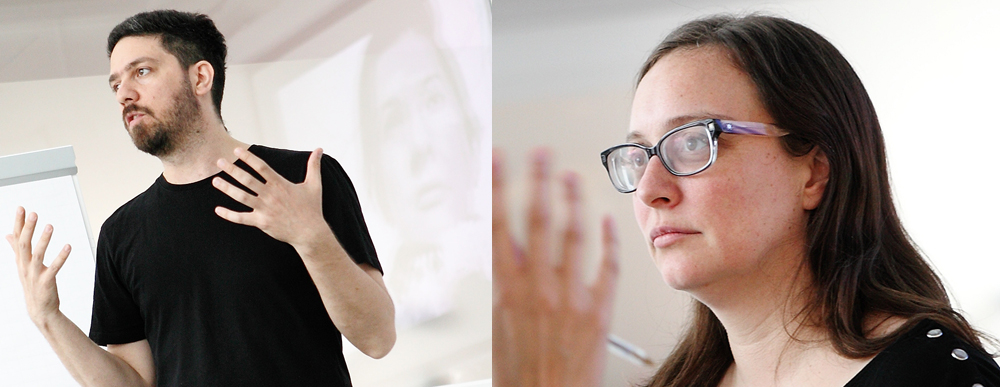While the circumstances of biennial curators and employees is clearly complex, given that the target of the protest was their direct employers, recourse to liberal platforms of politely staged discussion orchestrated and controlled by the arts is a recurring response to the staging of interventions that target the contradictions of the art world. Beyond accusations of “self-righteousness” here, we see that such ruptures are also the cause for accusations of one-sidedness, as though the arts sector has a general or neutral character rather than a series of positions deeply embedded in social conflict. Here the claim to enact the public sphere also obscures any setting of the stage for a discussion of the conflicts as they were experienced by employees, as grounds for solidarity, thereby shutting down the kind of platform it professed to provide.
A final example of the response to artistic interventions is telling in this regard. The recent artistic boycott of Transfield Corporation’s sponsorship of the Sydney Biennale for its role in the management of Manus Island and Nauru immigration detention centers, where those incarcerated have an ongoing protest against conditions and the death of Reza Berati, reveals the degree to which claims of the neutrality of the arts are a mere mask for the very tight relationships between arts organizations and socially regressive forces. In response to the artistic boycott, Australian Communications Minister Malcolm Turnbull denounced the “vicious ingratitude” of the artists who forced the withdrawal of the company as a sponsor of the Biennale suggesting that by responding to the boycott, the Sydney Biennale would threaten its access to cultural funding.*7 *(7)
Behind the call for neutrality, ambivalence is the state that threats the role of organized culture to uphold and not question the status quo.
As the Sydney Biennale boycott and other protests and actions mentioned seem to suggest, there are indeed multiple attempts forming currently to understand where the line between implication and complicity is drawn for many different agents working within arts and culture under capitalism.
What Is Left to Learn (and Unlearn)
In this moment in which the hegemonic structuring of the cultural field is revealing itself in response to interventions located at the juncture of art and social activism, the work that is left to be done is to conceptualize the interventionist labor of cultural workers as that which both breaks from this hegemony and extends itself to solidarity work with those in other fields. It is important, as the activists of Manus Island protests point out, that boycotts in the name of artists do not obscure the social actions of those whose risks have far greater consequences: that boycotts and other interventions do not become signature events, but go beyond the moment of withdrawal to that of support. This support must begin with active phases of listening, reflecting on the problematic of one’s arts education, and opening up to learn, to become aware of other ways of making, doing, analyzing, and acting politically.
Janna Graham, Nicolas Vass ( 2014): Intervention / Art. In: p/art/icipate – Kultur aktiv gestalten # 05 , https://www.p-art-icipate.net/intervention-art/



 Artikel drucken
Artikel drucken